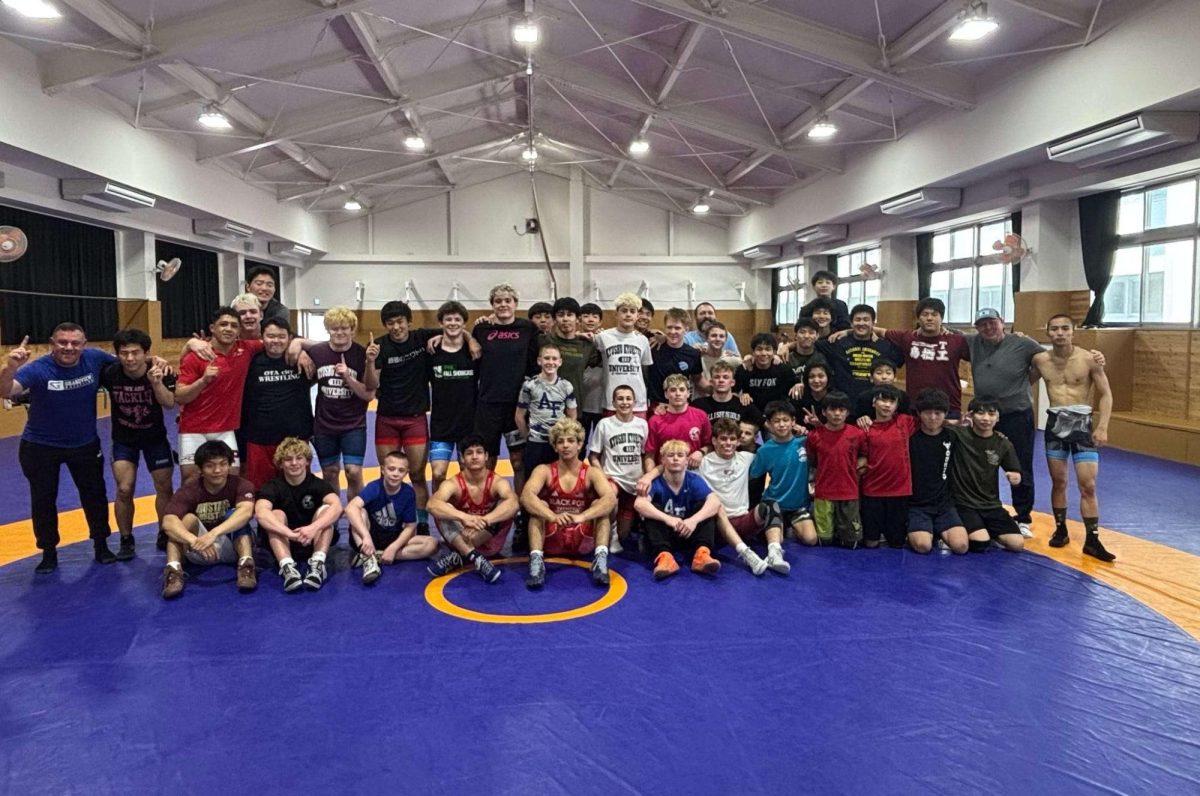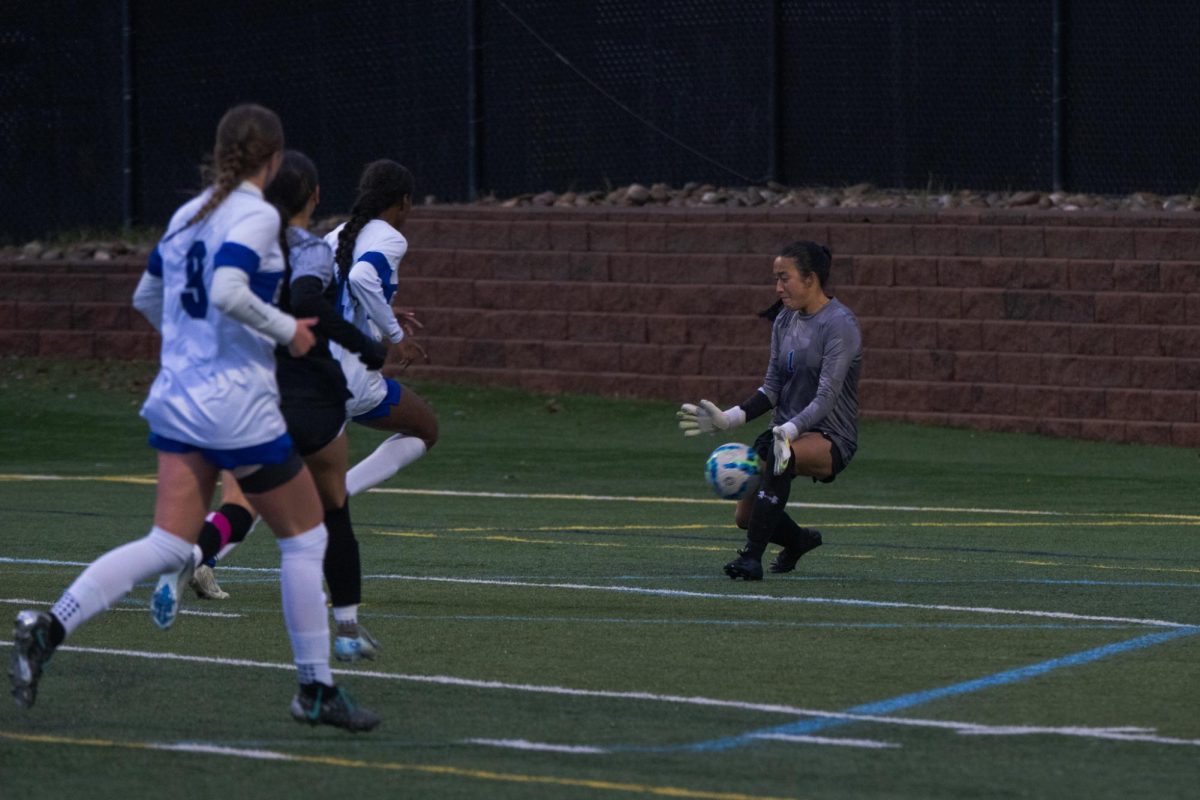Many people who are big into fashion love to stay consistent with the latest fashion trends that they see on social media. Due to them wanting to stay in the latest trends, they tend to shop on websites like Shein or Temu that sadly use sweatshops.

Sweatshops and fast fashion are two related factors of the clothing business that reflect the abuse of human rights and disrespect for sustainable practices. The term “fast fashion” describes the quick and low-cost garment creation that follows current trends, frequently at a cost of ethics.
Fast fashion has a mass production and rapidly changing model, releasing new collections of apparel at a frantic pace to satisfy the demand from customers for affordable, stylish clothing. Although fast fashion keeps up with the latest fashion trends, it affects the environment heavily.
The workers suffer in hazardous working conditions, and low pay and extended work hours are typical for sweatshops, which are the basis of the fast fashion business.
According to Lei Nguyen from Earth.org, “Workers in the garment industry are required to put in 14 to 16 hours per day, seven days a week, and endure verbal and sometimes even physical abuse from managers,”
These workers tend to be women and children and they are left in the open with dangerous materials without proper ventilation or safety, their breaks are very limited or they don’t get any at all.
In Bangladesh in 2013, a sweatshop collapsed and caused 1,132 workers to sadly pass away. After the collapse, many buyers started feeling even more uncomfortable with the idea of fast fashion being a trend.
According to Bethany Noble from Good On You, “Much of the world had a reality check when the Rana Plaza clothing manufacturing complex in Bangladesh collapsed, killing over 1,000 workers.”
It brought light to the serious and dangerous nature of these shops and how unsupervised they are and it led to people starting to voice their opinions on how sweatshops should come to an end and to call out companies that use these factories.
Sweatshops also often target disadvantaged groups, such as children and the poor, who are forced into labor because of a lack of opportunity and financial hardship.
“They particularly target underprivileged kids. According to a survey on mills in India, 60% of the employees were under the age of 18 when they started working,” Nguyen said.
This keeps people in a cycle of oppression and poverty by limiting workers of their basic rights and keeping them in a state of forced labor. Most workers in sweatshops are between the ages of 5- 25.

The environment and workers suffer greatly due to this persistent quest for profit. Pollution rises and unused materials and clothing get put to waste.
“Fashion is ranked as the second most polluting business in the world by the United Nations Conference on Trade and Development,” Nguyen said.
The gathering of basic supplies to the disposal of unsold clothing produces enormous volumes of waste and pollution especially when it comes to water. Fashion is one of the biggest water resource polluters in the world because of the handlement of the fabrics.
According to Rasmila Maiti from Earth.org, “[It’s] the world’s second-largest polluter of water, since the water leftover from the dyeing process is often dumped into ditches, streams or rivers.”
Fast fashion and sweatshops are closely related examples of institutions that prioritize exploiting over human rights and environmental sustainability. They express how they would go to extreme limits to earn the company money.
Customers like us have the power to demand change by advocating for fair labor standards and supporting ethical and sustainable fashion companies. This can make the future of fashion more sustainable.
It’s time to highlight the harmful effects of fast fashion and to fight for workers to have an environment that’s safer not just for them, but also for the future of the environment and fashion.







![Baseball Defeats Smoky Hill 11-3 on Senior Night [PHOTO GALLERY]](https://ghschronicle.com/wp-content/uploads/2025/05/Chau_BSB_Smoky-Hill-022-1200x800.jpg)
![Executive Order: Ending Radical Indoctrination in K-12 Schooling [OPINION]](https://ghschronicle.com/wp-content/uploads/2025/04/Screenshot-2025-04-23-at-2.51.41 PM-1200x674.png)






ML • Mar 13, 2024 at 10:08 am
Will not purchase from TEMU any longer. Thanks for the eye opening article!!!!
Armando Cabral • Mar 12, 2024 at 4:50 pm
I’m Briana’s father and seeing my beautiful daughter being so worri about human rights and environmental problems makes me so proud of her.
I LOVE YOU MY BEAUTIFUL PRINCESS